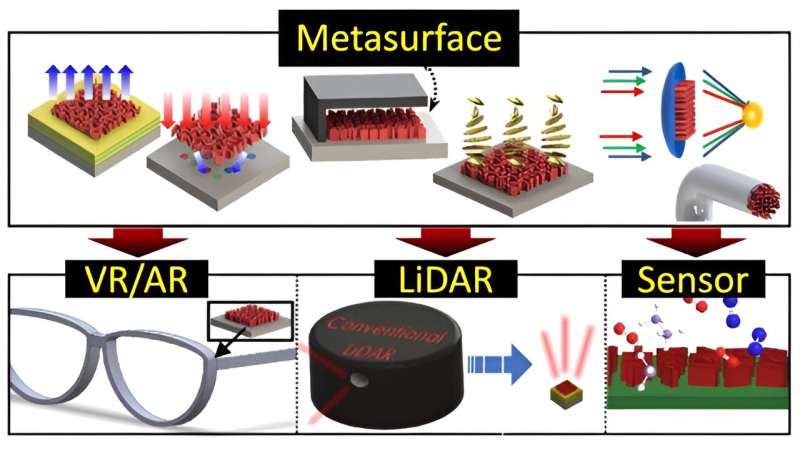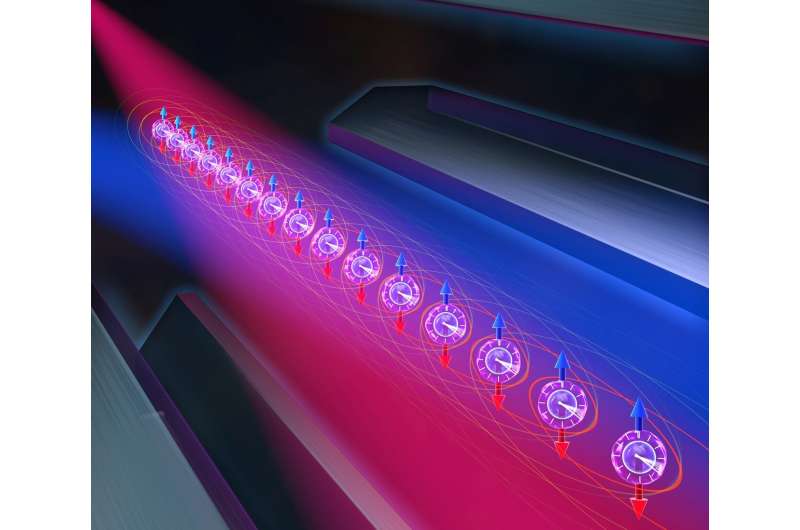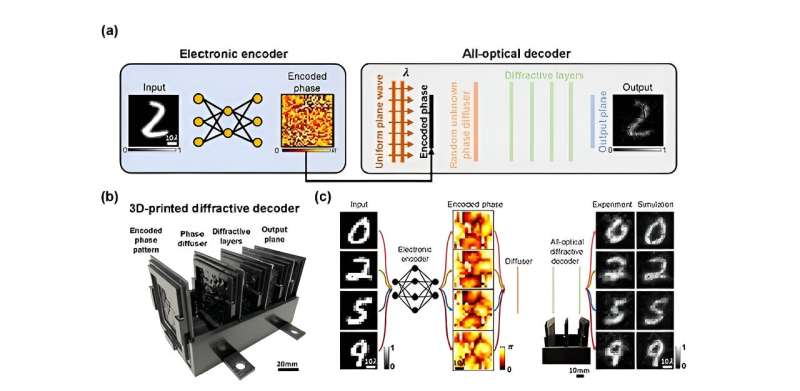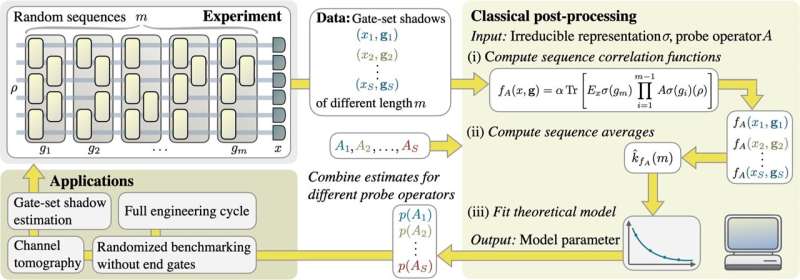
A particular way of creating quantum entanglement may improve accuracy of advanced quantum sensors (01/09/2023)
Metrological institutions around
the world administer our time using atomic clocks based on the natural
oscillations of atoms. These clocks, pivotal for applications like satellite
navigation or data transfer, have recently been improved by using ever higher
oscillation frequencies in optical atomic clocks.

A simpler way to connect quantum computers (01/09/2023)
Researchers have a new way to
connect quantum devices over long distances, a necessary step toward allowing
the technology to play a role in future communications systems.
.jpg)
Researchers design a new way to capture and recycle carbon dioxide from industrial emissions (31/08/2023)
Carbon capture is a promising method to help slow climate change. With this approach, carbon dioxide (CO2) is trapped before it escapes into the atmosphere, but the process requires a large amount of energy and equipment. Now, researchers reporting in ACS Central Science have designed a capture system using an electrochemical cell that can easily grab and release CO2. The device operates at room temperature and requires less energy than conventional, amine-based carbon-capture systems.

Researchers demonstrate high-fidelity transmission of information via novel electronic-optical system (30/08/2023)
Transferring optical information
in free space with large bandwidth and high transmission capacity has gained
significant attention in various applications, such as remote sensing,
underwater communication, and medical devices. Nevertheless, unpredictable,
unknown phase perturbations or random diffusers within the optical path pose great
challenges, limiting the high-fidelity transmission of optical data in free
space. Adaptive optics presents a potential solution that can correct for
random distortions dynamically; however, spatial light modulators and iterative
feedback algorithms employed inevitably increase both cost and complexity.

Physicists develop series of quality control tests for quantum computers (30/08/2023)
Quantum technologies—and quantum
computers in particular—have the potential to shape the development of
technology in the future. Scientists believe that quantum computers will help
them solve problems that even the fastest supercomputers are unable to handle
yet. Large international IT companies and countries like the United States and
China have been making significant investments in the development of this
technology. But because quantum computers are based on different laws of
physics than conventional computers, laptops, and smartphones, they are more
susceptible to malfunction.

Chemists turned plastic waste into tiny bars of soap (28/08/2023)
A new technique could one day help turn plastic waste into valuable raw materials
.jpg)
Scientists Invent New Glass With Supreme Toughness (26/08/2023)
Scientists have produced an
oxide glass with unprecedented toughness. Under high pressures and
temperatures, they succeeded in paracrystallizing an aluminosilicate glass: The
resulting crystal-like structures cause the glass to withstand very high stresses
and are retained under ambient conditions. Paracrystallization thus proves to
be a promising process for producing extremely break-resistant glasses.

New technique harvests antioxidants from olive oil processing waste (22/08/2023)
A great deal of peel, pulp and stone waste is constantly
being generated in the production of olive oil. And while that waste is often
just dumped or incinerated, it could soon be used as a source of valuable
antioxidants.
Waste coffee grounds make concrete 30% stronger (22/08/2023)
Researchers have found that concrete can be made 30% stronger by replacing a percentage of sand with spent coffee grounds, an organic waste product produced in huge amounts that usually ends up in landfill. The method also reduces the use of natural resources like sand, further contributing to a greener circular economy approach to construction.









